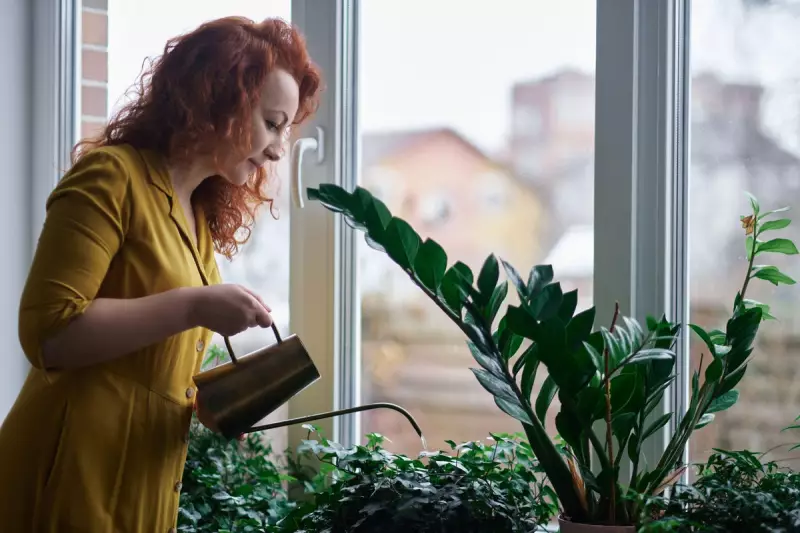
As the dark winter months descend upon Britain, millions find themselves battling the familiar slump of seasonal affective disorder (SAD). But emerging research suggests an unlikely hero in this annual struggle might be waiting right in your backyard.
The Soil Solution to Winter Depression
Mental health experts are increasingly pointing to gardening as a powerful, natural antidote to the winter blues. The combination of physical activity, connection to nature, and exposure to natural light appears to create a perfect storm of mental health benefits that directly counter SAD symptoms.
Why Gardening Works Wonders
Natural Light Exposure: Even on cloudy winter days, outdoor light levels significantly exceed indoor lighting, helping regulate circadian rhythms and boost serotonin production.
Physical Activity: The gentle exercise of gardening releases endorphins while being easier on joints than more strenuous workouts.
Mindfulness Practice: The focused attention required for gardening tasks creates a natural meditative state, pulling attention away from negative thought patterns.
Getting Started With Winter Gardening
- Embrace the season: Plant winter-flowering plants like pansies and hellebores for visual cheer
- Small spaces welcome: Even window boxes or container gardens provide benefits
- Plan for spring: Use winter months for planning and preparing beds
- Indoor options: Herb gardens or microgreens can be grown indoors year-round
As Stephanie Fitzgerald's research highlights, the rhythmic, purposeful nature of gardening provides both immediate mood lift and long-term mental health protection. The activity offers something uniquely therapeutic that gym workouts or indoor hobbies often lack—a genuine connection to the living world during nature's most dormant season.
With NHS mental health services stretched thin, this accessible, cost-effective approach offers hope for the estimated 2 million people in the UK affected by seasonal affective disorder each year.





